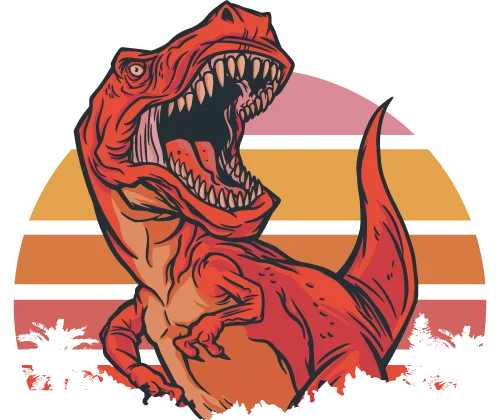What is VM Host Server and What its Components are
Here you will find out:
- what is a Host in VMware
- what are components of Host in VMware
- when DiskInternals can help you
Are you ready? Let's read!
What is a Host in VMware?
It is a server part of a VMware virtual machine that gives the resources of the computer to maintain a guest virtual machine (VM).
In other words, the Host is a representation of the computing and the memory resources of a physical machine running ESX Server in a virtual version.
If several physical machines are combined into a whole and share memory with computing resources, it is named a Cluster.
These physical machines can be dynamically added or removed from the cluster, and all resources from Hosts and Clusters can be finely divided into a hierarchy of resource pools.
Host + Guest = Virtual Machine Server
VMs are computing instances created by a specific program running on another machine. Physically, VMs do not exist.
The two main components of a VM are:
- Host VM
- Guest VM
The mediator between these components is the hypervisor. It isolates individual Guest VMs from each other, and also allows the Host to support several Guests working under the control of not only the same, but different operating systems.
A Guest VM can exist on one physical machine. However, more often it is distributed across several hosts so that the load is distributed naturally. That is, an administrator can have many Guest VMs on the same host computer.
A Host VM can be an integral part of the resources of one physical computer or several physical machines.
Based on the above, a VM is economically beneficial for in particular medium-sized businesses. You have fewer physical machines and reduce the amount of physical space needed to store servers. It also saves valuable time on backing up and restoring data, preparing and deleting computers, replicating computers, etc. VMs deal with this much faster than a single physical computer.
In case of VM data loss
If you have lost data from a VM, no matter the reason, you should definitely have a professional software tool like DiskInternals VMFS Recovery. It will instantly perform VMFS recovery, and read and restore VMDK files wherever possible. You can recover VMFS disks stored on damaged and inaccessible hard drives. In addition, the application includes a step-by-step recovery wizard, so even amateurs can do it. All recovered data is exported to local or remote locations (including FTP).
The application has more than 15 years of use and has proven itself the best in its class. You can view files found by the program for free. Only then will you need to buy a license; everything is transparent and without pitfalls.
Step-by-step guide for DiskInternals VMFS Recovery:
Open the program as soon as you download this utility and install it on your computer.
Connect via SSH if required.
Open the disk (it can be a local disk or SSH).
Follow the scanning procedure. After that, find the necessary VMDK files and mount the VMDK file.
Now open this file. Next, use the free preview.
The final step is to purchase a license to complete the export of data.

